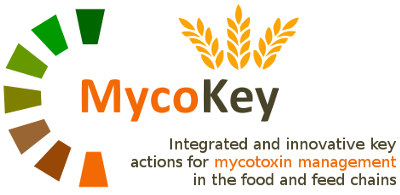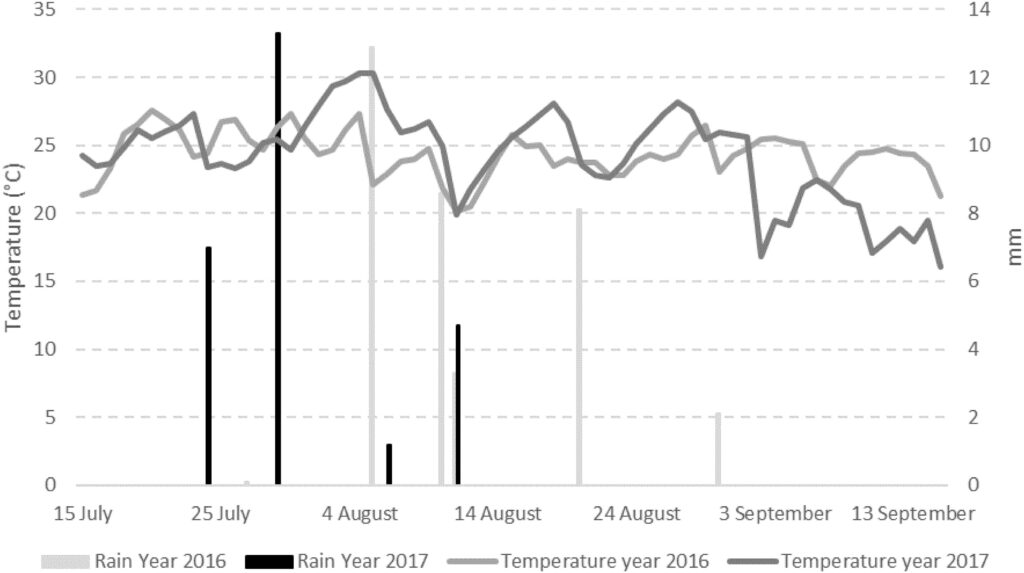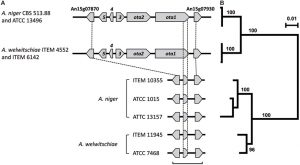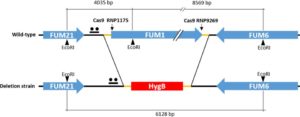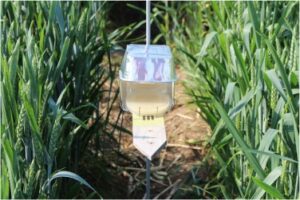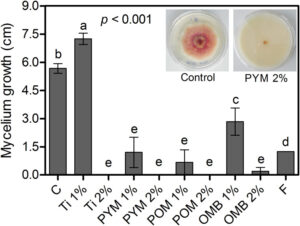Scientific Papers
MycoKey aims to unlock new knowledge and to valorize existing knowledge and data by rapid dissemination to research partners and stakeholders in the chain.
In the MycoKey programme all scientific peer reviewed publications are available through open access. Research data will be deposited in public data repositories for (re)-analysis exploitation and dissemination free of charge.
In this page you can find publications describing the scientific results arising from project’s activities.
Impact of Fungi Co-occurrence on Mycotoxin Contamination in Maize During the Growing Season
Maize is a possible host of many fungi, some of them able to produce different mycotoxins. Few studies exist on co-occurring fungi and resulting multi-mycotoxin contamination in field; for this reason, in field trials were conducted in two consecutive years to verify fungal incidence and mycotoxin production in the case of the co-occurrence of the three main mycotoxigenic fungi of maize in Italy: Aspergillus flavus, Fusarium verticillioides, and Fusarium graminearum able to produce, respectively, aflatoxin B1 (AFB1), fumonisins (FBs), and deoxynivalenol (DON). Artificial inoculation was done after silk emergence of maize and samples were collected with a 2 week schedule up to harvest time (four samplings). Fungal interaction resulted as playing a role for both fungal incidence and mycotoxins production, as did weather conditions too. Main interactions were noted between A. flavus and F. verticillioides, and between F. verticillioides and F. graminearum. In particular, as a result of fungal co-occurrence, AFB1 resulted stimulated by F. graminearum presence while no effects were noted in FBs and DON in case of F. verticillioides–F. graminearum co-occurrence. Interestingly, the co-presence of A. flavus significantly reduced both FB and DON production.
Authors: Paola Giorni, Terenzio Bertuzzi, Paola Battilani
Keywords: maize, Fusarium verticillioides, Fusarium graminearum, Aspergillus flavus, aflatoxin, fumonisin, deoxynivalenol
Published: 06/06/2019
Repository: https://www.ncbi.nlm.nih.gov/pmc/articles/PMC6563760/
This work has received funding form the the EU’s H2020 research and innovation programme under GA No 678781- MycoKey.



